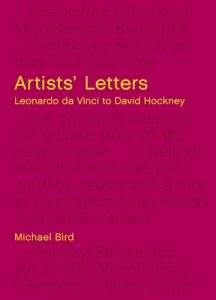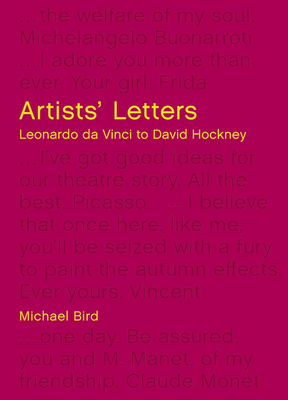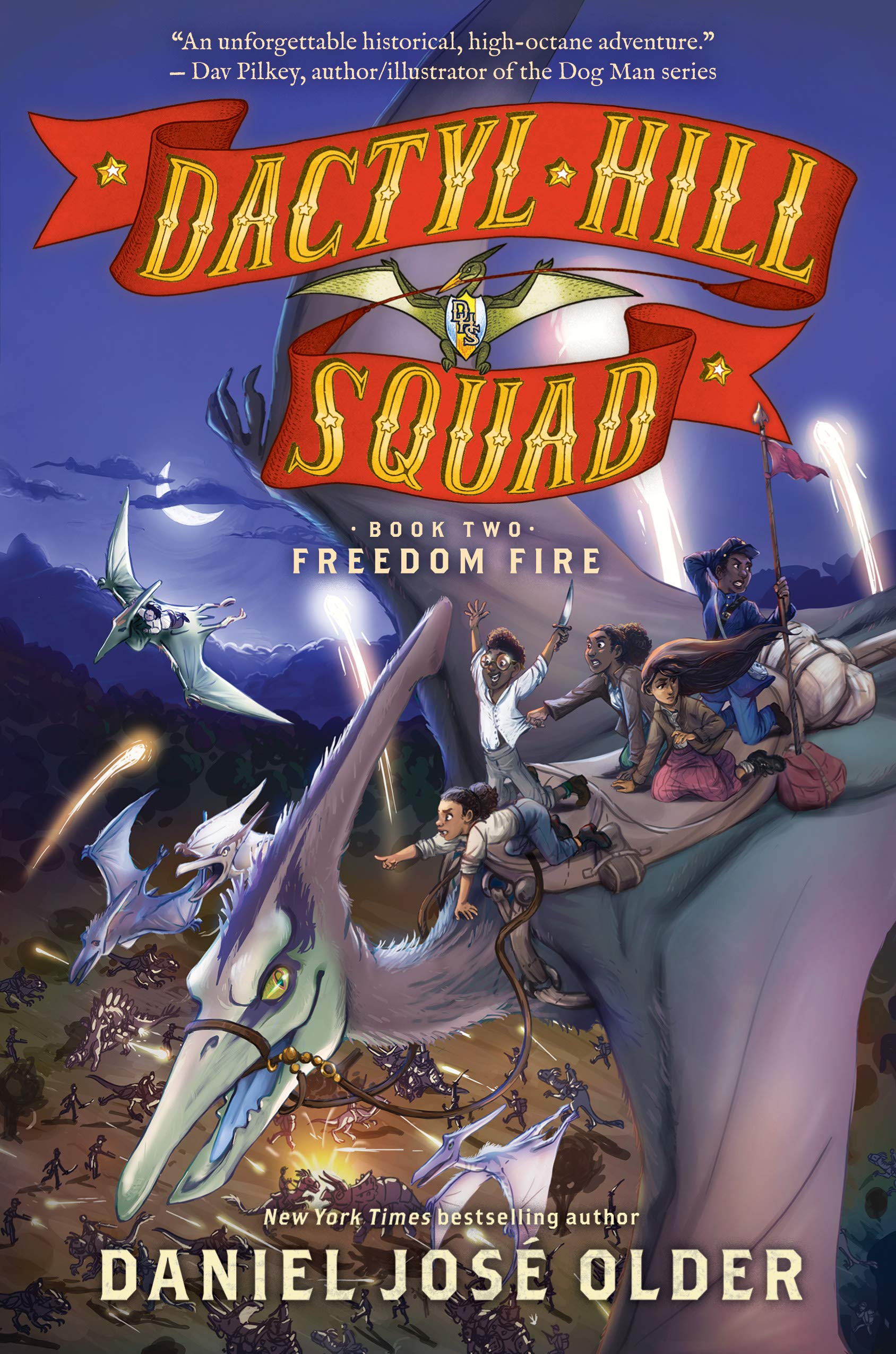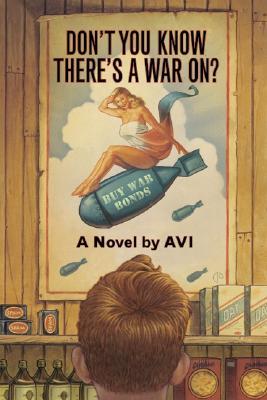
Michael Bird’s Artists’ Letters: Leonardo da Vinci to David Hockney is a thought-provoking collection of 100 letters from artists around the world, spanning from the masters of the Renaissance to artists who are alive today. For each letter, Bird provides a transcription (and translation where necessary) and a bit of history for context. The letters – whether written on scrap paper, a postcard, or any other material – appear in picture form as a scan of the original, often including small sketches.
As a book regarding art history, it’s a tidy informational package wrapped in a shocking pink cover. As a study in human history, it’s priceless – the real treasure, beyond the survival of the letters themselves, can be found by reading in between the lines. Bird sets it up in true artist fashion by simply presenting this curated collection and letting the viewers – well, readers – come to their own conclusions about the content.
There’s a lot to unpack in that content. The letters are arranged into eight chapters by theme, in some cases loosely (there’s only so much that can fit on the back of a postcard, after all). Businesslike and formal, casual and even silly – the voices on display in each letter are as unique as the artists’ artworks. Besides providing snapshots of the artists’ lives for a moment in their personal timelines, the letters serve as a beautiful reminder that no matter their reputation for artistic genius, these people were just as human as anyone else. They complained, pined for the attention of someone special, experienced the highs and lows of business transactions, teased family, and dashed off hasty “thinking of you” notes to friends and acquaintances. They shared inside jokes and made copious spelling errors. Whatever the gap between their times or lifestyles and ours, it would be difficult to read through all of these letters without finding something to relate to.
The inclusion of scans of the original letters adds another layer for consideration. It’s fascinating to see the differences included: fine Chinese calligraphy, typewritten notes, pencil scribbles on postcards, and words dictated to a Renaissance scribe, to name a few. Some notes provide a reminder that pen-and-ink was once commonplace, with sentences visibly fading until the writers reloaded their ink. As an additional treat, some of these letters include drawings, notably Vincent van Gogh’s famous bedroom in Arles and some of the woodland creatures that would later be included Beatrix Potter’s Peter Rabbit books.
While the letters are the focus of this book, Bird provides a short introduction to each one. He often includes information surrounding the time in the artist’s life that they sent the letter and the relationship between the artist and the addressee, although he occasionally dives deeper into the artists’ lives and works, as well as the larger history of what was happening at the time. It’s a welcome addition. The context could easily have overshadowed the letters, but Bird balances them well, and his writing is often entertaining.
If you’re someone who enjoys art, history, or even biographies, I would definitely recommend giving this book a try. One word of caution: It’s not the lightest of reads. You probably won’t find it on any “easy holiday reading” end caps at the bookstore – in fact, I wouldn’t be surprised to see this included on recommended booklists for art history courses. (I know I would have appreciated having this as an option over some of the textbooks I’ve experienced in that area!) It’s a fantastic and accessible study, and the art history world is better for its existence. If this sounds like an area of interest to you, check it out – it’s available now!
A copy of this book was provided by the publisher, White Lion Publishing, for review.



